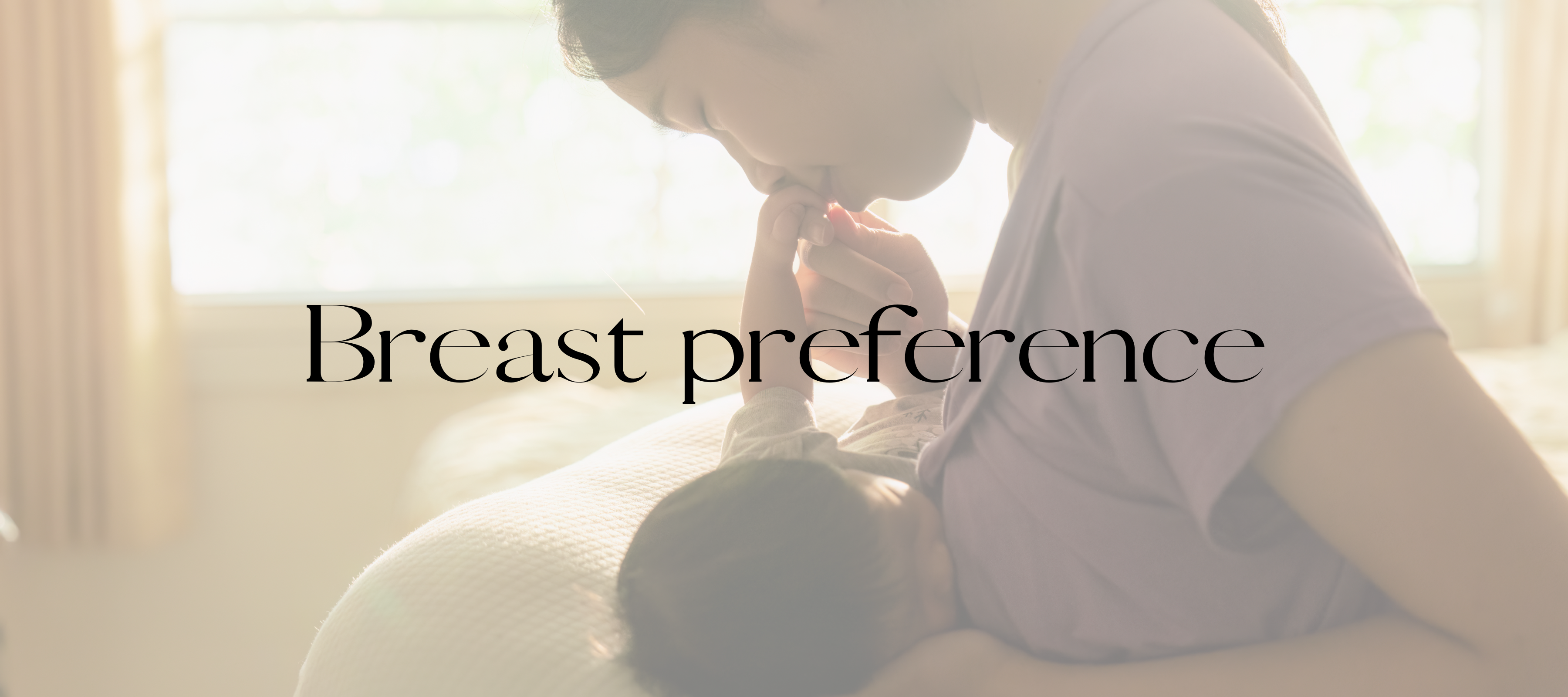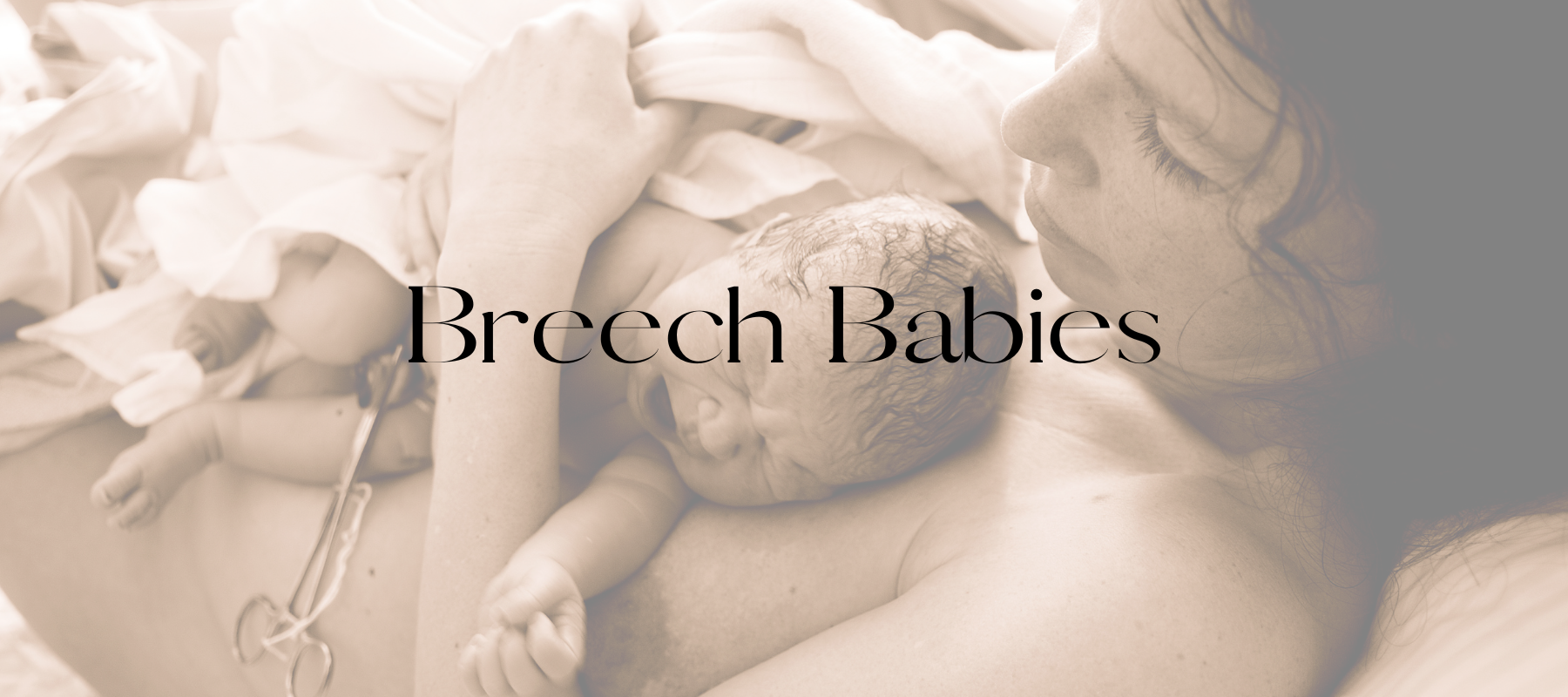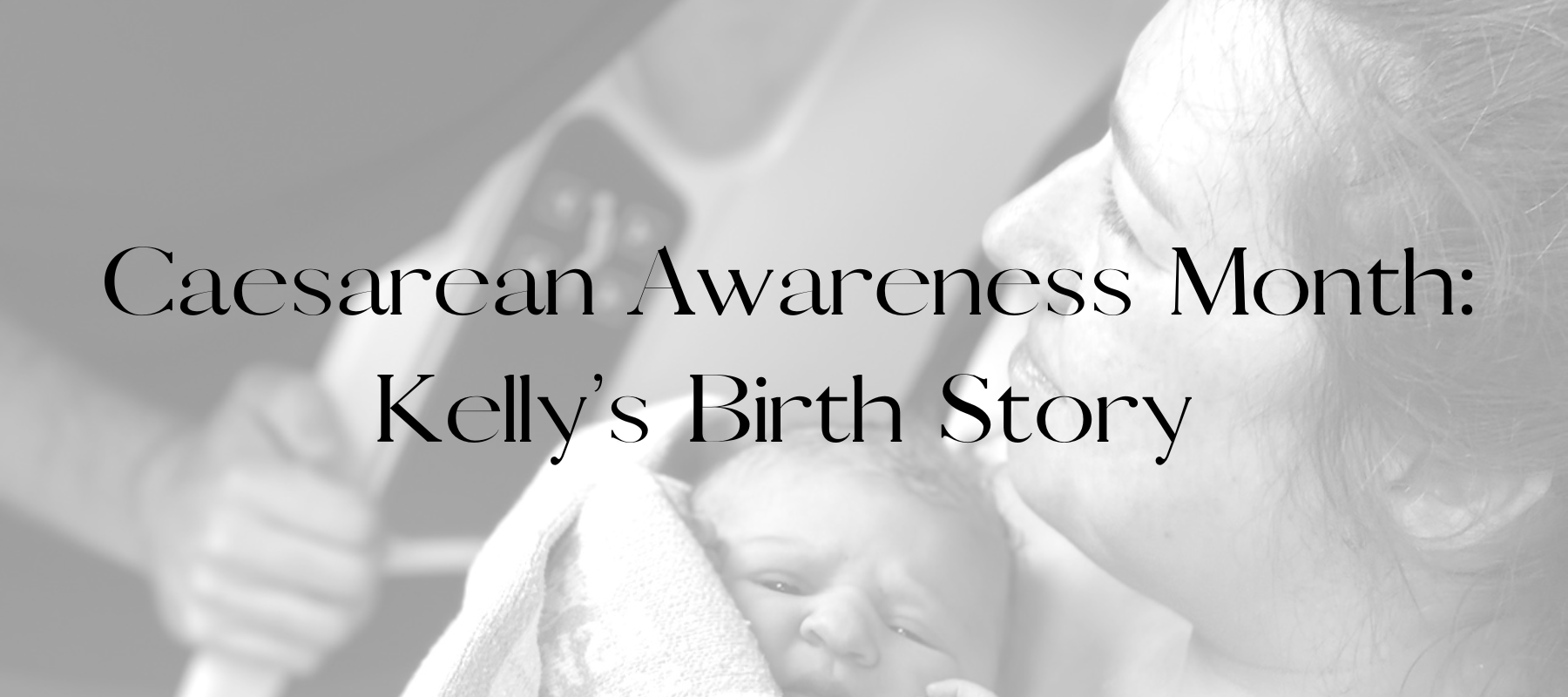The recommendation by the World Health Organisation (WHO) is that infants receive only breastmilk in the first six months of their life, then the introduction of nutritionally adequate and safe complementary (solid) foods at six months together with continued breastfeeding to two years and beyond.
What is breast preference during breastfeeding?
Sometimes infants prefer to breastfeed from one breast over the other breast for no obvious reason. Preferring one breast over the other in breastfeeding is commonly known as this is referred to as ‘Infant’s Unexplained Breast Preference (IBUP). There isn’t enough research currently to suggest the prevalence of IUBP. IBUP can be responsible for the reduction in exclusive breastfeeding. IUBP is common and develops very early on and is seen to be linked to the reason for infant formula introduction.
If my infant prefers one breast, can I feed from just that side?
Yes – if your infant prefers one breast, you can feed from just that side. Especially early on, many infants are quite satisfied with having just one breast. If your infant is well attached to your breast in a way that is effective with being allowed to continue feeding until they come off the breast themselves or fall asleep, it is fine to feed from just one side. If your infant continued to show feeding cues such as turning their head from side to side, opening their mouth, moving their hands to their mouth, sucking of their lips and hands, becoming restless, making cooing or sighing sounds, then offer the breast again. At this stage in breastfeeding if your infant took both breasts usually you would offer your second breast.
What happens when you breastfeed from just one breast?
Breastmilk supply works on the principle of supply and demand which is the result of your infant sucking at the breast. This causes hormones to make breastmilk to build up supply and help release breastmilk that is already there which is referred to as the let-down reflex or the milk ejection reflex. Some signs of this may include tingling or sudden full feeling that may even be painful at times, or you may notice milk leaking from your breasts. It is important to note that not all women feel or notice any of these things. A good confirmation that you have experienced a let-down is the change in your infant's sucking pattern from a relatively quick suck-suck to more of a rhythmic suck-swallow pattern when your milk begins to flow, and your infant begins sucking more deeply.
As breastfeeding works on supply and demand stimulation is needed from your infant to produce breastmilk. If you are only feeding from one breast then the other breast will make less milk, gradually decreasing as your body sends the message to your breast that this milk isn’t required.
Feeding from one breast is also referred to as one-sided feeding and may be for a short or extended time depending on the reason.
Reasons for breastfeeding from one side may include:
- A history of breast surgery seeing one breast make less or no milk at all.
- An injury or physical disability making feeding from one breast more difficult.
- Recurrent or long-term breast or nipple problems on one breast.
- Your infant decides to feed from only one breast causing the other breast to stop producing breastmilk.
When it is the choice of your infant to feed from only one breast
Normal breasts come in different shapes and sizes and sometimes the amount of breastmilk that comes from one of your breasts can be quite different.
One-sided breast preference may come from having a faster or slower let-down resulting in frustration, a nipple that is differently shaped being harder to latch, a need to hold their head in a particular way perhaps from birth trauma or twisting of the neck muscles (torticollis).
It is possible to successfully breastfeed from just one side but if this is just a temporary situation you can try things to help, support and encourage your infant back to the breast that they are refusing you can try:
- Offering the breast they least prefer first with each feed.
- Offer this breast more often and keep trying to attach your infant.
- Try a position that may be more comfortable for your infant such as relieving pressure from a painful head.
- Using ways to encourage your infant to take the less preferred breast by helping your let-down or using breast compressions to facilitate breastmilk flow.
- Limit any additional teat use, especially in the first six weeks such as a dummy and bottle.
- Express some milk into your infant's mouth to remind them where their milk comes from.
- Most of all seek assistance from a lactation consultant that can work with you and your infant through this temporary stage and offer other measures such as the introduction of a nipple shield or show you other techniques to get your infant back to the refused breast.
If your infant is refusing one breast you could express from this side so that your body keeps making breastmilk from this breast. This breastmilk can be given via syringe, cup, supplement nursing system or bottle if needed.
Will breastfeeding from one breast be enough for my baby?
If you consider a mother feeding twins who may choose to feed each twin from only one side and their ability to successfully breastfeed with sufficient breastmilk with the right stimulation then, yes.
Breastfeeding from one side requires similar techniques to that of using both breasts. To produce enough breastmilk, it is important to put your infant to the breast early on and frequently to ensure a good latch.
With knowledge, support and determination breastfeeding mothers can have very successful breastfeeding journeys.
Needing to stop breastfeeding from one side for a physical or medical condition
If it is a need to breastfeed from only one breast due to a physical or medical condition you will need to stop breastmilk production from the affected side. Due to the situation and where you are at in your breastfeeding journey this may be relatively quick and easy or could take some time. Seeing a lactation consultant can ensure you have the skills to do this without resulting in any breast inflammation or infection such as mastitis. Feeding or expressing will need to be reduced on this side and should be done gradually if possible.
Concerns with breast look
You may be concerned with the look of your breasts and worry about unevenness but be reassured that no one else will notice any difference. The size of your baby’s preferred breast will change over time and will return to a more equal size when weaning comes. If you are worried about the appearance of your breast, you could try a bra filler.
References
Al-Abdi, S. Y., Al Omran, S. A., Al-Aamri, M. A., Al Nasser, M. H., & Al Omran, A. M. (2015). Prevalence and Characteristics of Infant’s Unexplained Breast Preference for Nursing One Breast: A Self-Administered Survey. Breastfeeding Medicine, 10(10), 474–480. https://doi.org/10.1089/bfm.2015.0116
Breastfeeding on One Side Only | La Leche League Canada - Breastfeeding Support and Information. (n.d.). Www.lllc.ca. Retrieved March 23, 2024, from https://www.lllc.ca/breastfeeding-one-side-only
Feeding from one breast | Australian Breastfeeding Association. (n.d.). Www.breastfeeding.asn.au. Retrieved March 23, 2024, from https://www.breastfeeding.asn.au/resources/feeding-one-breast#
How breasts make milk | Australian Breastfeeding Association. (n.d.). Www.breastfeeding.asn.au. Retrieved March 23, 2024, from https://www.breastfeeding.asn.au/resources/how-breasts-make-milk#:~:text=The%20principle%20of%20supply%20and%20demand&text=Whatever%20your%20baby%20drinks%20is
My baby prefers one breast over the other - The Breastfeeding Companion. (2017, March 12). https://thebreastfeedingcompanion.com/project/baby-prefers-one-breast/
WHO. (2023, December 20). Infant and young child feeding. Www.who.int. https://www.who.int/news-room/fact-sheets/detail/infant-and-young-child-feeding#:~:text=WHO%20and%20UNICEF%20recommend%3A



